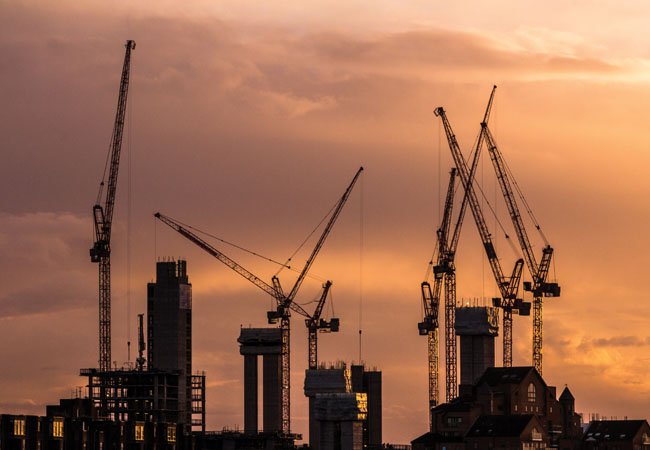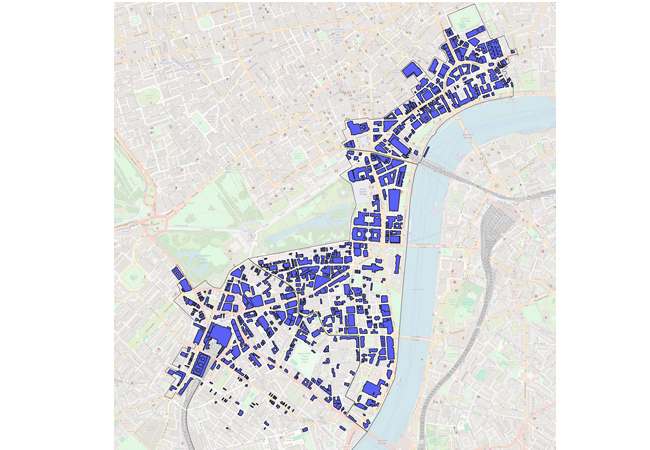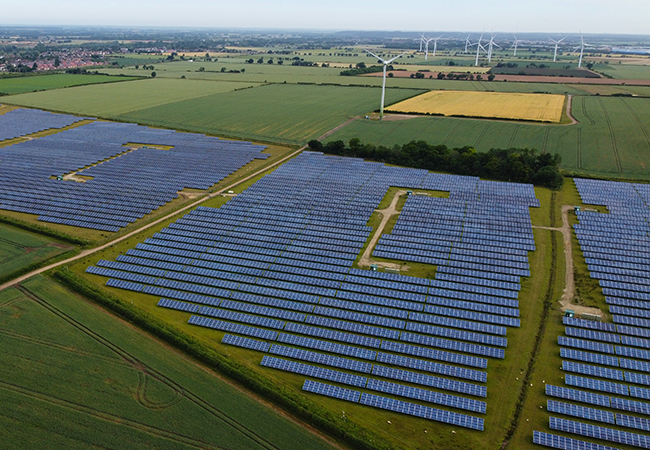
Credit: istock coldsnowstorm
The government has unveiled new regulations that will define the types of buildings to be included in its new and more stringent regulatory building safety regime.
The Higher-Risk Buildings (Descriptions and Supplementary Provisions) Regulations, which were laid in parliament just before Christmas, complete the definition of ‘higher-risk buildings’ – those that will be required to meet the legal requirements of the new regime established under the Building Safety Act 2022.
It means residential buildings, care homes and hospitals that are at least 18m high or have seven storeys, are subject to the new requirements during design and construction.
The new regulatory framework will also apply to residential buildings of the same heights.
‘These regulations are the first of a number that we can expect to see made in the first part of 2023 as the Building Safety Act and the new building safety regime is put into operation,’ says Hywel Davies, chief technical officer at CIBSE.
‘Taken together they will drive the most radical shake up of building regulation since the Second World War, with widespread implications for CIBSE Journal readers.’
The regulations will now have to be debated and approved by both Houses of Parliament before they can become law.
The new regime will be enforced by the Building Safety Regulator, which has also been created by the act.




